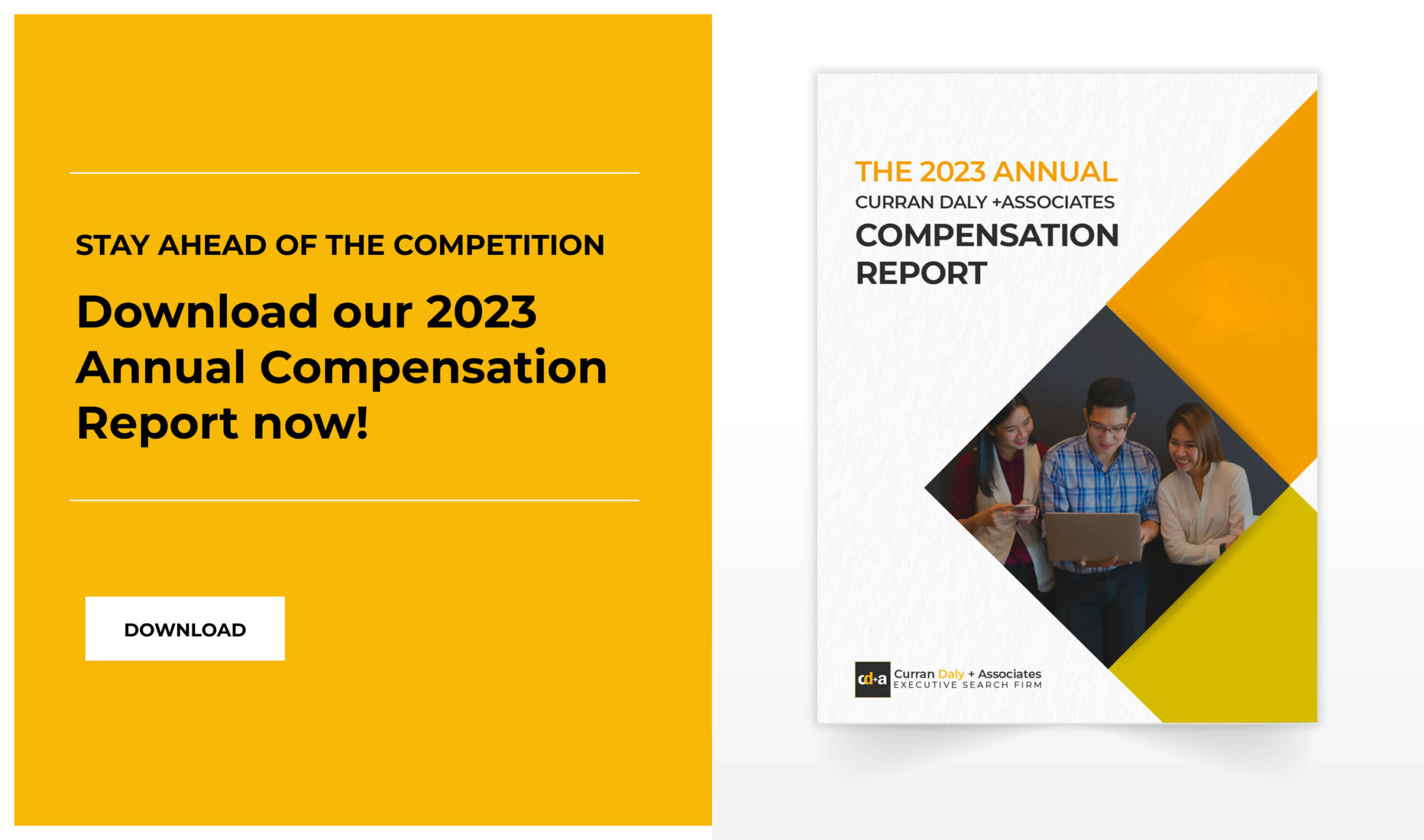In this week’s blog post, part 3 of our workplace culture series, we focus on diversity; recognising the value of individual differences and managing them in the workplace.
Workplace diversity is an essential element in any workplace culture (which defines an organisation’s ability to achieve its mission and strategic goals). Diversity is about learning from each other regardless of our backgrounds and bringing those differences into the workplace to broaden experiences and knowledge.
It covers, but not limited to: gender, ethnicity, age, cultural back ground, sexual orientation, marital status, religious beliefs and socio-economic background.
Why is workplace diversity such a hot topic these days?
-
As of March 2013, 9.9 million Australian consumers are either born overseas or have at least one parent born overseas – businesses that want to reach their ‘whole’ markets cannot afford to ignore this critical mass of consumers.
With a diverse workforce, companies are able to reach a wider audience, as they understand a larger group of people and can identify their unique needs. This understanding helps create brand loyalty and increased rapport, which is vital in today’s global marketplace.
-
In most Australian workplaces, you can also expect a multicultural mix: more than 40% of Australians were born overseas or have a parent who was born overseas.
In the ‘war for talent’, diversity represents enormous untapped potential (language skills; business networks; and knowledge of business practices and protocols in overseas markets etc.). Diversity and inclusion brings in varied talents together working towards a common goal using different sets of skills that ignites their loyalty and increases their retention and productivity.
‘Nurturing the cultural diversity of employees is very important for an organisation’s business and reputation. Not only does it deliver improved productivity and innovation, it enables you to capture the best talent, wherever it is…– Nareen Young, CEO Diversity Council Australia
-
Research also shows that companies that drive innovation by leveraging the ideas and knowledge of their diverse employees meet product revenue targets 46% more often and product launch date 46% more often than industry peers
-
International research shows clear economic benefits for cultural diversity.Companies with high executive and board diversity had ROEs an average of 53% higher than those with low levels and EBIT margins 14% higher.
Our diversity tips for the week:
-
Recognise and welcome difference – This is the first step to creating an environment of tolerance and understanding. Being a manager, encourage your employees to adopt this mindset, to challenge their belief systems and to be open-minded enough to hear alternative views. It will open up horizons and make people realise that there isn’t one way of doing things. As a leader, you should encourage people to voice their opinions and, more importantly be themselves. If employees feel like they can open-up and be their true selves, they’ll be more engaged in their job and will feel happier in the long-run – nobody likes pretending to be something they’re not. Managers need to accept that they can’t make everyone think and act like they do.
-
Increase talent pool – from the job ad, interview, and all the way to hiring, It all starts with how you view recruiting new candidates. Offer equal employment opportunities (EEO) with the help of national guidelines of diversity; express your intentions to offer EEO and in turn your talent pool will also grow.
-
Flexible schedules – This is a great way to promote diversity, because it shows that you are willing to accommodate cultural and religious holidays.
In a workplace culture where everyone feels valued, employees aim to reach their full potential. Diversity and inclusion encourages a workforce to be more committed, innovative and communicate more effectively. This leads to a more productive (and thus more profitable) workforce.









0 Comments